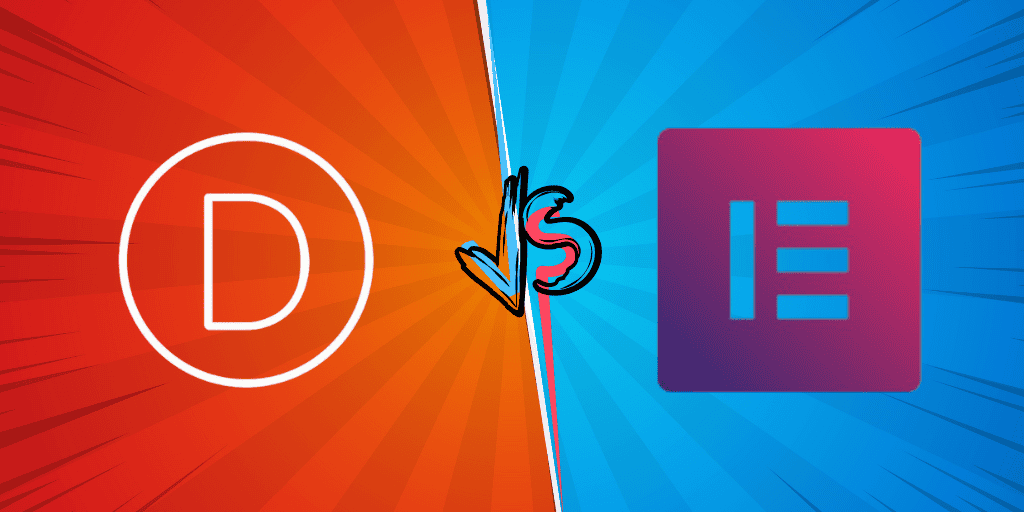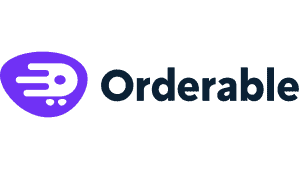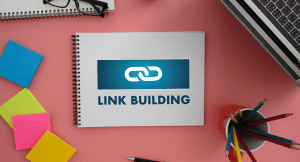Introduction
Brief Overview of Page Builders
In the dynamic world of web design, page builders have revolutionized how websites are created and managed. Gone are the days when building a website required extensive coding knowledge and hours of laborious work. Today, page builders enable users of all skill levels to design professional and visually appealing websites with ease. These tools provide intuitive, drag-and-drop interfaces, a vast array of customizable templates, and a plethora of features that streamline the web development process.
Two of the most popular and powerful page builders on the market today are Divi and Elementor. Both have carved out significant niches for themselves, attracting millions of users with their robust capabilities and user-friendly interfaces. Whether you’re a seasoned web developer or a small business owner looking to build your own site, understanding the strengths and weaknesses of these tools is crucial to making an informed decision.
Purpose of the Guide
The purpose of this guide is to provide an in-depth comparison of Divi and Elementor, focusing on the features available in both the free and paid versions. By the end of this guide, you will have a comprehensive understanding of what each page builder offers, how they differ, and which one might be the best fit for your specific needs.
Who This Guide is For
This guide is designed for:
- Beginners: Individuals new to web design who are looking for an accessible and powerful tool to create their first website.
- Experienced Web Designers: Professionals seeking to compare the advanced features and functionalities of Divi and Elementor to enhance their workflow.
- Small Business Owners: Entrepreneurs who want to build and manage their own websites without the need for extensive coding knowledge.
- Marketing Professionals: Users looking to create high-conversion landing pages and optimize their web presence.







